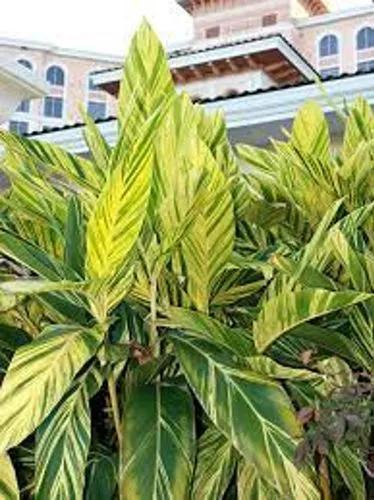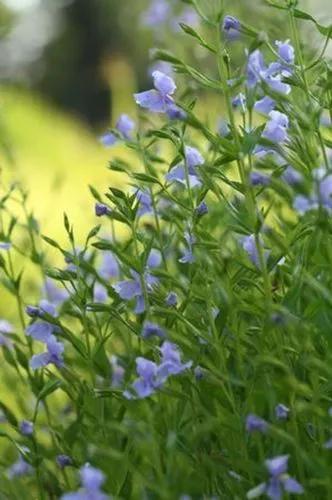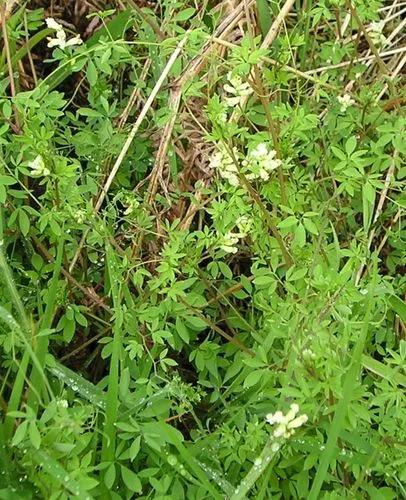The beautiful, dark blue to violet (occasionally white) flowers are held in dense heads on stalks up to 1.5 m high. The individual flowers are tubular and pendulous (hence the common name "drooping agapanthus"). Flowering takes place from January to March.
Agapanthus Inapertus Care
Agapanthus Inapertus
Other names: Closed African Lily, Drakensberg Agapanthus



How to Care for the Plant

Water

The Agapanthus inapertus requires abundant watering only during the growing season, but in this case, watering should be superficial.

Fertilizer

Fertilizers are applied regularly, every 14 days, alternating mineral complexes and organic fertilizing. Add additives with watering starting from the moment the peduncles appear.

Sunlight

A lot of light is what a flower needs, but in the midday heat, it is better to partially shade the place.

Soil

Loves very nutritious soil. Therefore, it is made of several components: leafy earth, humus, clay, river sand, in a ratio of 2: 2: 2: 1.

Temperature

The plant is quite thermophilic, the optimum temperature ranges from 15 to 28 degrees Celsius (59-82.4 degrees Fahrenheit). But protection from drafts and wind is more important than the temperature regime.

Container

Can be grown both in container and outdoors.

Additional

Agapanthus juice is poisonous, it can cause a strong allergic reaction or poisoning. It is a source of phytoncides (natural antibacterial substances), therefore it is recommended to grow it in apartments and houses. The greens of the flower have a pronounced antimicrobial effect, but you should not use it for self-medication - the juice is poisonous.

Popularity

19 people already have this plant 6 people have added this plant to their wishlists
Discover more plants with the list below
Popular articles






